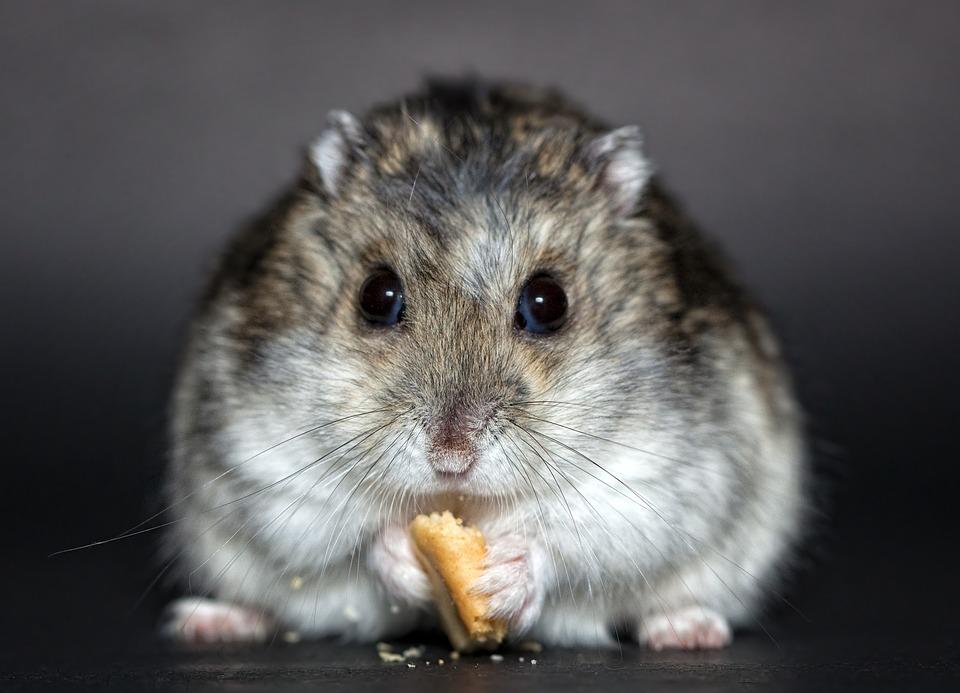After carrying out a gene-editing trial on hamsters, a group of neuroscience experts were left “very startled” by the outcome, which showed that the normally placid rodents had been transformed into “aggressive” creatures.
According to the press statement, the researchers utilized Syrian hamsters and CRISPR-Cas9, a cutting-edge tech that provides the capability to control whether genes in tissues are active or inactive. Through the use of this technology, a receptor for vasopressin, which is a hormone linked to increased aggressiveness, was disabled.
The group of scientists anticipated that by making a little change to the rodents’ genes, the animals would become friendlier and less aggressive. On the other hand, a strange development occurred: the gentle animals grew more belligerent.
According to the explanation provided by the scientists, the hamsters lacking the receptors displayed “far greater levels” of communication as well as social behavior as compared to their peers that had intact transmitters. In addition, the researchers found that the normal distinctions in aggressive behavior between males and females of the same species were removed, with both male as well as female hamsters expressing “elevated amounts of hostility” against other animals of the same species. According to the findings of the research, behaviors like as pursuing, biting, including pinning were seen.
Furthermore, experts have suggested that a greater knowledge of the function that vasopressin plays in social behavior is crucial to assisting experts develop novel medication options for mental illnesses in people, such as autism as well as depression. These diseases do range in severity from mild to severe.
Although a lot of research is still being done in this field, the scientific community as whole has agreed that we need to be cautious when using and editing CRISPR. This is mainly due to the fact that there are still many unknowns about how our genes work and affect us, and we don’t want to accidentally cause harm.
The research can be found on PNAS.












Leave a Reply